Self-publishing through a platform that is set up to print and sell your children’s books online would be fabulous, if not for one huge drawback. And a few smaller ones.
The advantages are that you have total control over the content, the books are visible to a national or international audience, and you get a bigger chunk of the profit than if you went through a traditional publisher. Seems ideal, doesn’t it?
The biggest drawbacks are intentionally not immediately obvious, though. What follows are two narratives that will illustrate this problem.
In 2015 a young Harvard Business School attendee originally from Mexico had a wonderful idea for a start-up. He would publish dual-language picturebooks so that bi-lingual kids or kids learning either of the two languages, would have fun things to read. It was a fabulous concept. You can read all about it in this terrific interview Marianne Knowles did with this young publisher, Jair Hernandez, of Babl Books.
In the interview, Jair said that he was looking for existing, out-of-print picturebooks with universal appeal that he would reissue in various languages. I sent him my Sand Dollar, Sand Dollar, which had originally been published years ago by J.B. Lippincott, NY, later by Harper and Row. He liked the book, we signed a contract, and Sand Dollar, Sand Dollar became available on Amazon in bilingual editions in Tagalog, German, Spanish, Portuguese, French, and Vietnamese. What a fabulous idea that I was so proud of.
This publication led to a wonderful week-long artist residency at an international school in England where I talked about the books to kids from many nations. A definite perk that I wrote about for WritersRumpus.
However, when I went to Jabberwocky Bookshop in Newburyport –our fabulous independent bookstore–they were not able to carry Sand Dollar, Sand Dollar. Since Babl Books had gone through KDP (Kindle Direct Publishing), yes the book was available to everyone on Amazon, but it was apparently not available to bookstores or libraries. When traditional publishers sell their books, the bookstores usually earn 40% of the retail price. And publishers have salespeople who interact directly with bookstores to promote new books. Neither was possible in this new print-on-demand and sell on Amazon paradigm if Babl Books was to get the percent of the profit that made the publication feasible.
Jair perhaps had not taken into account that the books would be sold only through Amazon, not in bookstores. KDP uses print-on-demand, which meant that the books were only printed as each customer bought one, so there was no expense upfront for Babl Books and no need for warehousing an edition of books, which was incredibly attractive. However, there was no promotion at all, other than that the books are available on Amazon’s site.
But the largest pitfall was the lack of sales to bookstores and libraries. That was huge.
And that is what killed Babl Books. Their website is still up and you can still order books through Amazon, royalties are still being paid, but the corporate office is gone and they are not taking on any new books.

This problem was made crystal clear to me through my involvement with another book, one not for children, but for adults. Same deal though.

Site-Specific: 20 Years of Outdoor Sculpture at Maudslay was also published through KDP, but for a different reason. This book commemorates a specific anniversary of a local exhibit. The exhibit’s regional nature and time-specific framework made it an unlikely candidate for a traditional publisher.
Open Air Arts is the not-for-profit organization that is listed as the publisher. It consists of Bert Snow, the Exhibit Coordinator, and perennially has barely enough funding to run the exhibits. I have had artwork in fifteen of the twenty shows, so when we talked about doing something special for the anniversary, I suggested we do a book. Guess who was chosen to pull together that cool idea.
After researching various options – one designer friend suggested we could publish it ourselves which would only cost $10,000 or so. (Not even remotely possible). I came to the same conclusion Jair had. KDP/Amazon. No start-up costs except the $99 to purchase the ISBN number and it would be visibly available on Amazon. Among the regular Maudslay artists were Lynne and Jay Havighurst whose graphic design business is Artfluence. These two artists beautifully designed the book for a pittance.
The royalty calculator for Site-Specific: 20 Years of Outdoor Sculpture at Maudslay was revealing. There, in numbers, was the explanation of the bookstore problem. The annotations in blue are mine.

As you can see, the royalty the exhibit earns is good if the book is only available through Amazon. Nowhere on this explanation or anywhere else, is there mention that bookstores cannot get their normal earnings for the book.
After most of the 305 artists who have participated in the exhibit over the years and their friends and other regular viewers have purchased what books they want, we may decide to switch to expanded distribution. The paradigm would change. The book would be “available” to bookstores and libraries if they are willing to sell it for significantly less profit than they are depending on. And even with this shortfall, Open Air Arts’ royalty shrinks incredibly. Although the book would be available to bookstores (many of whom will not be able to afford it), Amazon does no promotion, has no salespeople to convince the bookstores to buy it.
Site-Specific: 20 Years of Outdoor Sculpture at Maudslay went live on Amazon/KDP, on July 21st. After my experience with Jabberwocky about Sand Dollar, Sand Dollar, I learned that a friend had a book at the store on consignment. Really? I spoke with the bookstore about this because I can get author’s copies from KDP for a greatly reduced amount, though we get no royalty on those. Jabberwocky agreed to take only 20% of their usual profit per book because it is about a local exhibit and local authors and a fundraiser for the exhibit. That combined with the author discount means that we can purchase the books, sell them at this one bookstore and still earn a decent royalty for the exhibit. That’s going to be one useful workaround.
For some people, self-publishing seems like a no-brainer. Here are two examples – one from a start-up publisher of children’s books, the other a fundraiser for adults. Both were the best possible solutions under the circumstances, but show that you must be canny about the definite pitfalls.

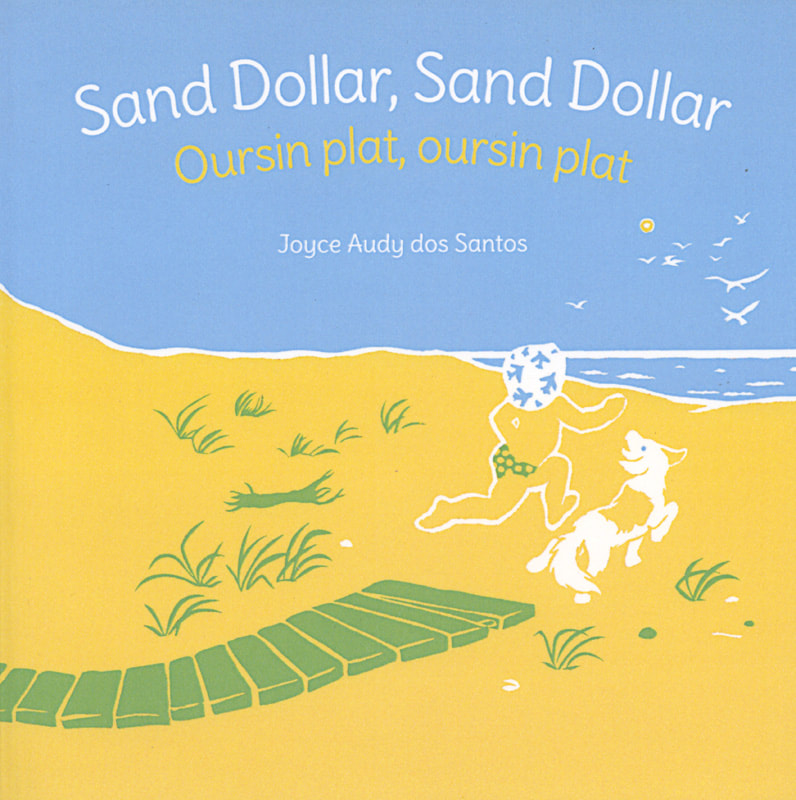
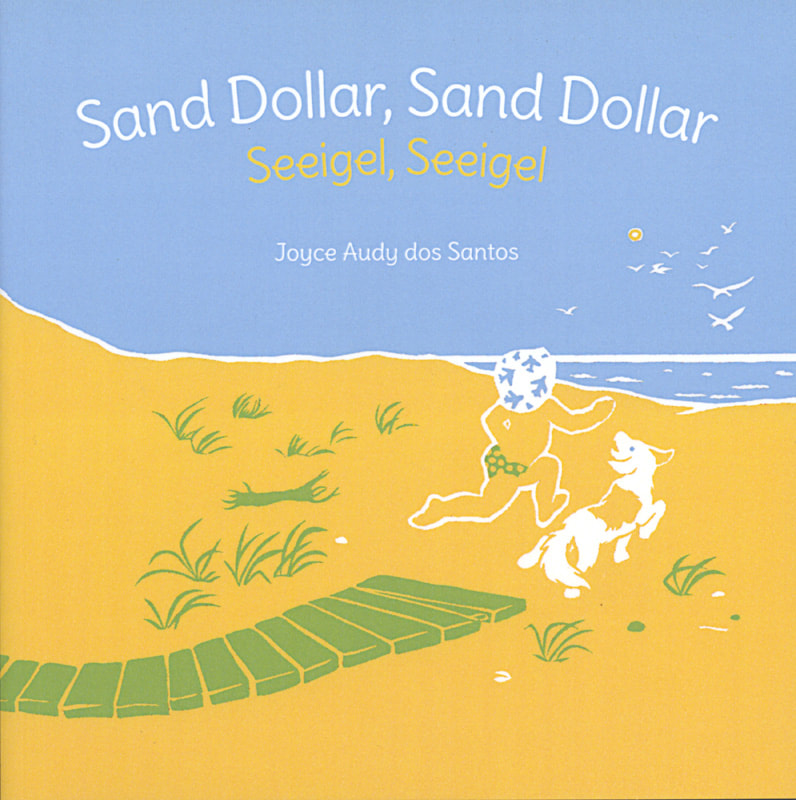
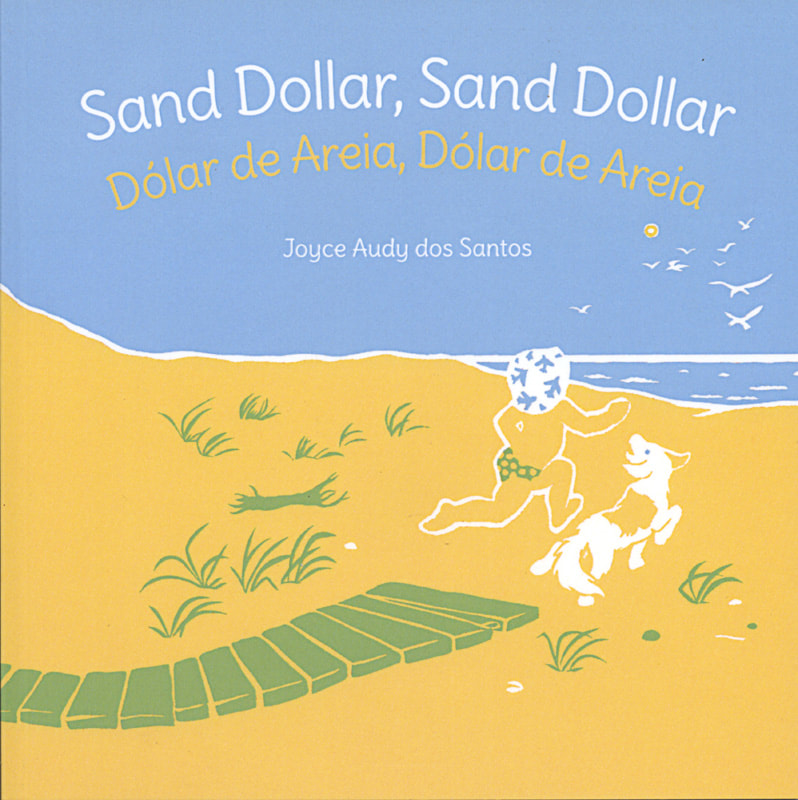
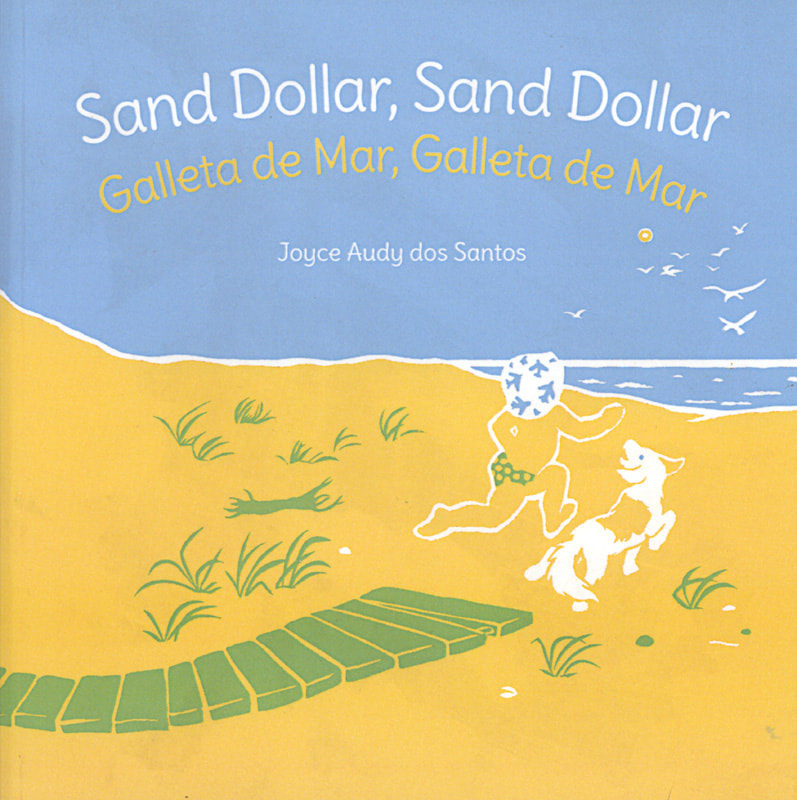
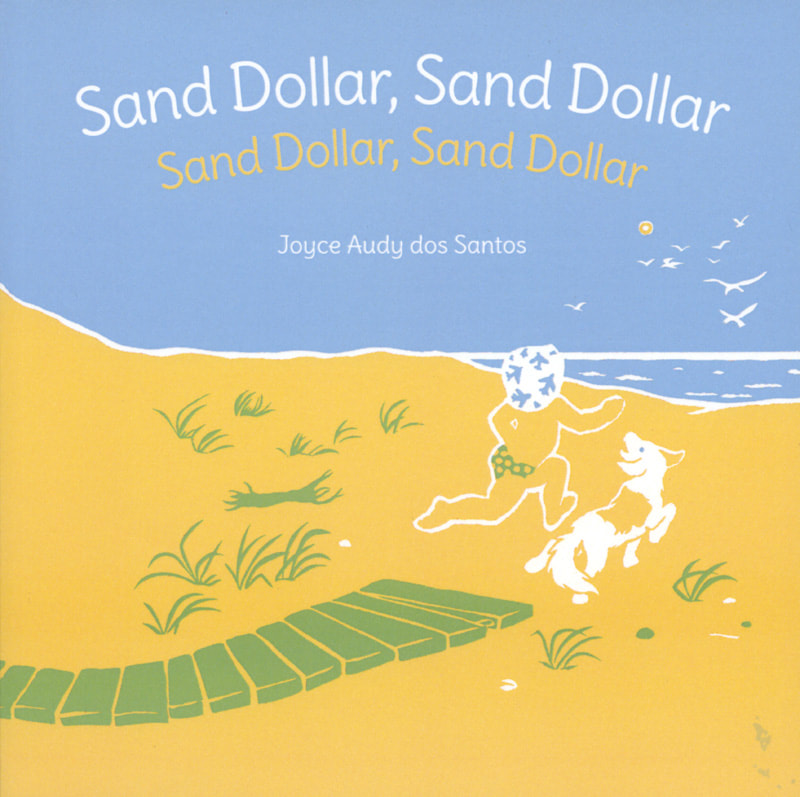
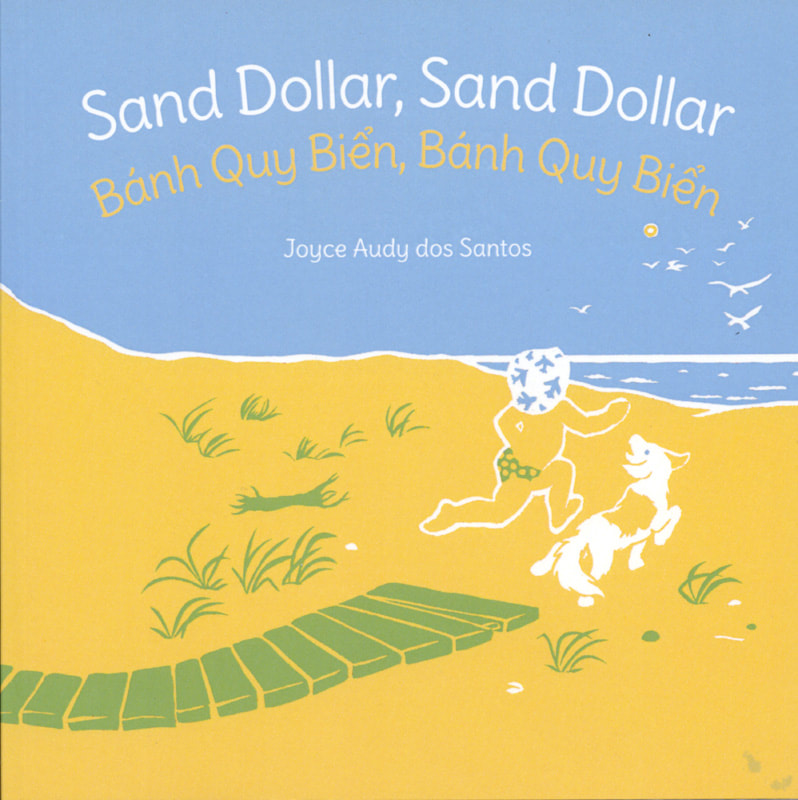
Heather, as a follow-up to your IngramSpark comments, I went through their pricing calculator which tells me how much it would cost me if I were to order a copy of the book and have it sent to my home. That answers one question, but no the big one of how much would the cost for the amazing distribution you describe. The site says $49 to publish and $85 for the ISBN…but surely they have fees for distribution. That may be the sticking point in this particular case. But also for the average children’s book author, this would be an important consideration. Right now I do not have time to dig deeper, but when I have time, I certainly will look into this further.
LikeLike
Joyce–I’m just going to follow up on Heather’s comment about IngramSpark.
If you bought your own ISBN to publish through KDP, you would be able to use that same ISBN for IngramSpark as well. The files are virtually the same, apart from using IngramSpark’s cover template to submit that file. Plus, IngramSpark frequently has codes to waive the upload fee. Right now, the code is SELFPUB. There should be a new one in October/November for NaNoWriMo.
Apart from those details, using IngramSpark is virtually the same as KDP. They deduct a print fee from your royalties, and you get to decide how high of a discount you want to give bookstores. They used to have a market access fee, but there are no other distribution fees, apart from the file fees. You can use their compensation calculator to see what your royalties would be.
I use both places for my own books–KDP for Amazon sales, and IngramSpark for non-Amazon sales. I buy my own ISBNs, so it’s the same ISBN/version both places, and it seems to work pretty well for my picture books. The one issue I’ve found is that some people don’t find the color printing to be as good as KDP’s. POD is harder to do with picture books, mainly because color printing is significantly more expensive using POD, but it can be done!
LikeLike
Sorry to hear about Babl Books, it was such a good idea. Just got my copy of Maudsley.
LikeLike
A good idea, though not a sustainable platform. It would be great if another traditional publisher picked up where Babl left off. The artists of the Maudslay sculpture show thank you for buying the book. You will soon see that it is written simply, for our enthusiastic broadly artsy audience rather than for the art community (light on the artspeak). It covers the history and back scenes workings of the show, so it’s not just a pretty face.
Let me know what you think after you’ve had a chance to live with it. I would love to hear.
LikeLike
So, all you need to do is upload the same books to Ingram Spark and booksellers would love to carry them. It costs very little and lets your books be distributed wide. The problem in this article is not understanding how KDP works and not doing the research–the problem is not the limitations of self-pubbing. Most self-publishers upload their books to both venues, ingram spark and KDP for different reasons. When I self-publish, sometimes I just go through ingram spark (a PRESS AND DISTRIBUTION CENTER) and the book is available in all bookstores, including amazon. Anyone who wants their self-published books to be available widely need to go through ingram spark. My books are available at all local bookstores, target, Walmart, barnes and nobles, and amazon, with absolutely no work from me (because ingram also distributes). KDP is not amazon, it is a publishing PRESS that ONLY funnels into the amazon bookstore. I’m concerned that you are spreading false info here about self-publishing.
LikeLike
Heather, Thank you for explaining these aspects. this is our first experience with self-publishing and I confess that my focus was more on writing the history, finding the photos (the pre-digital ones were really tricky!), and working with the designer. I looked into the different paths initially and by now I don’t’ remember why I chose KDP instead of Ingram. The article above expresses my experience and I had no intention of saying that I know everything that there I about this.
So, is it possible to submit the same ISBN to Ingram Spark at the same time KDP is selling it? Perhaps there are costs with Ingram? (Open Air Arts has zero money to spend on this). I will look into this.
Thank you for the heads up!
Here is the URL for Ingram Spark’s site: https://www.ingramspark.com. If it is as good as it sounds, then we will see what it takes to also publish through them. All the better!
LikeLike
This is illuminating, Joyce, thanks for sharing your experiences! There are a few things here I would never have known to consider.
LikeLike
Good morning, Rebecca. Naturally, a traditional publisher is a better route, but it is good that other options exist for special circumstances. One other negative is that for the bookstore consignment, I found that the wait for books is two weeks, whereas ordering a full-price copy is only five days. Thank you for reading.
LikeLike